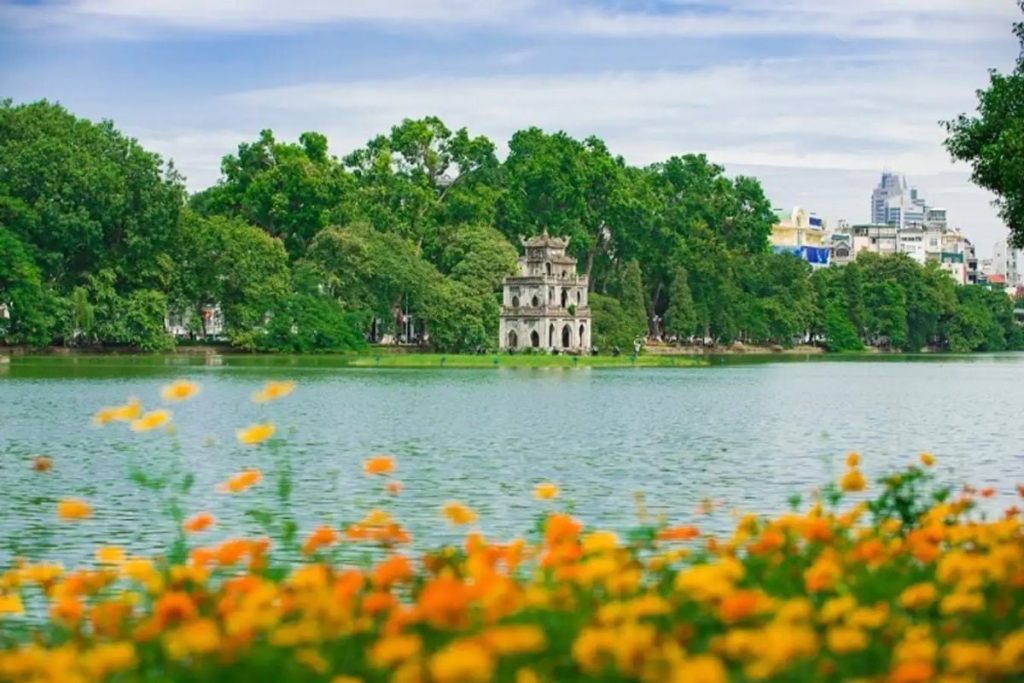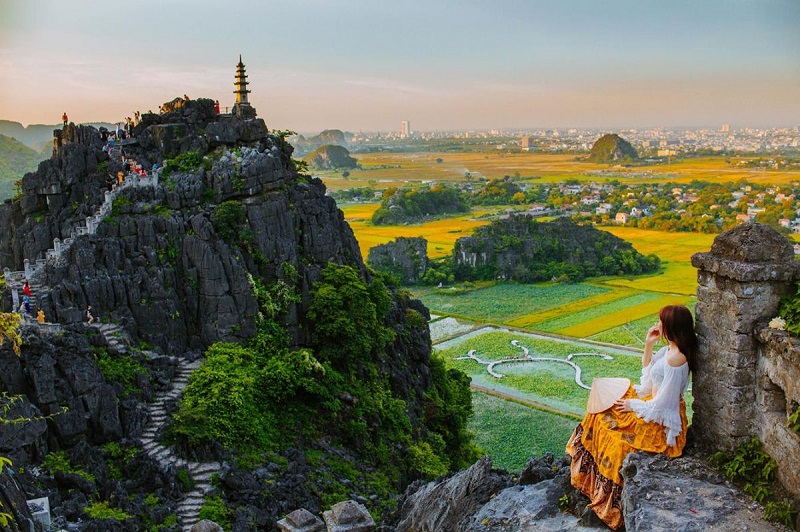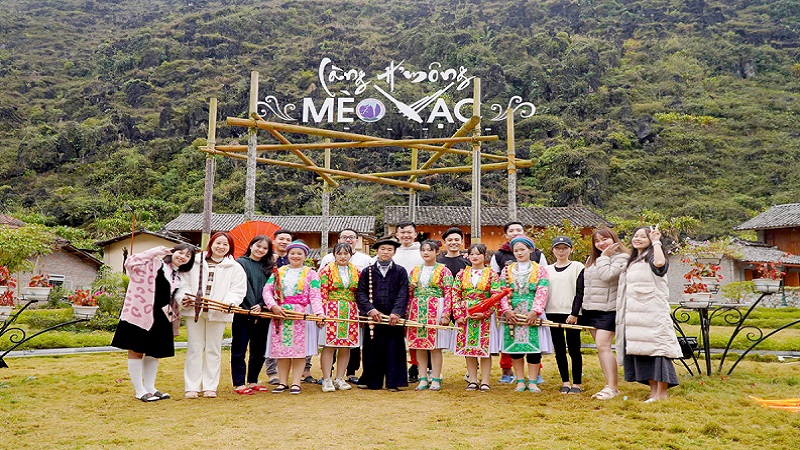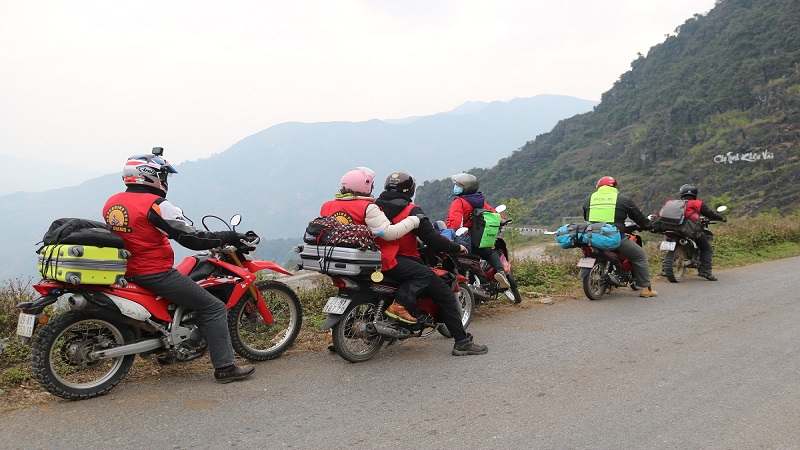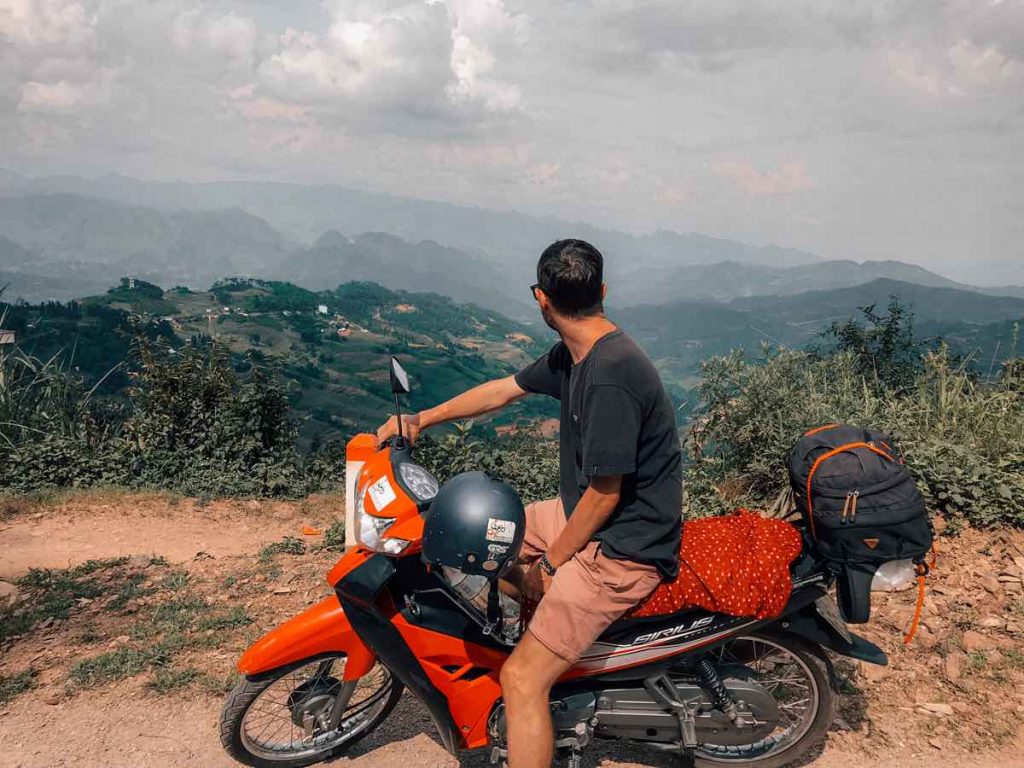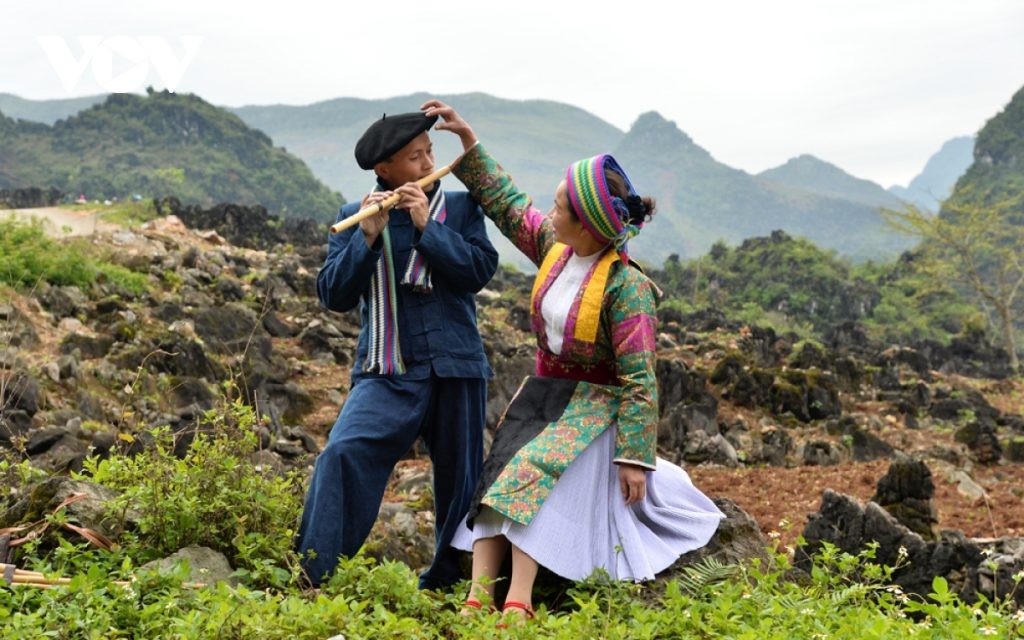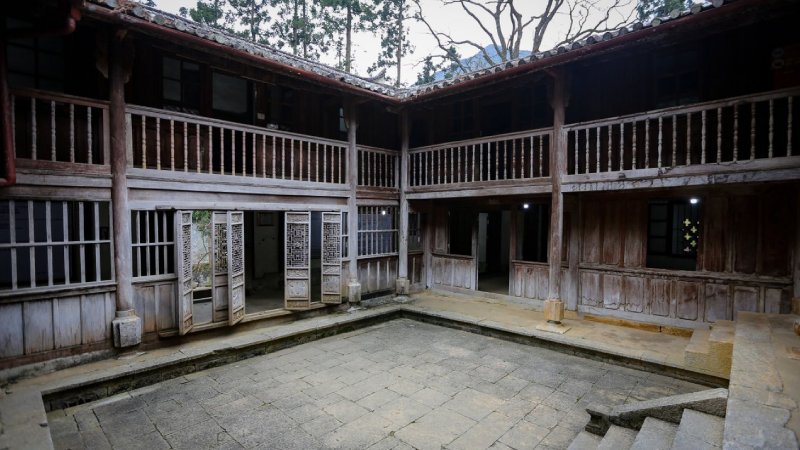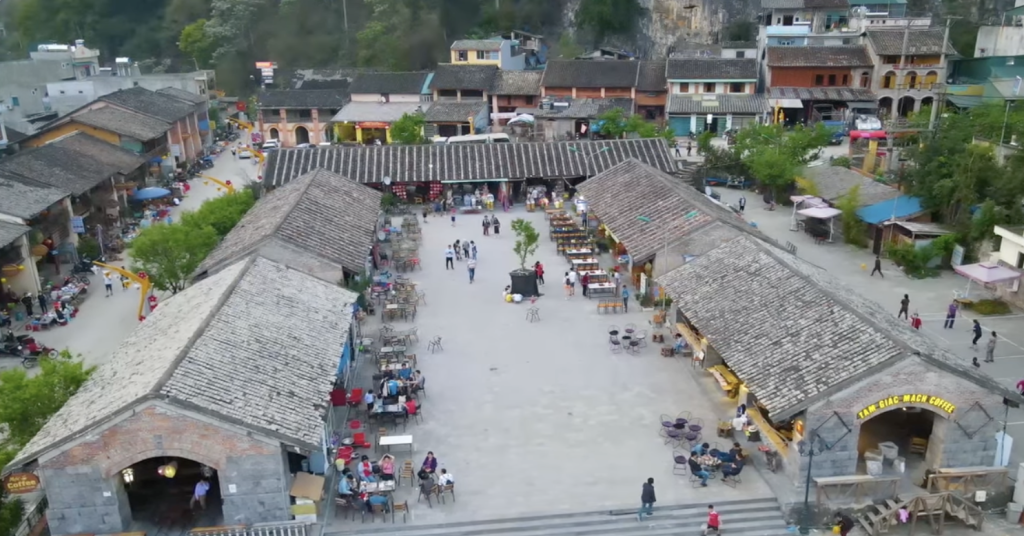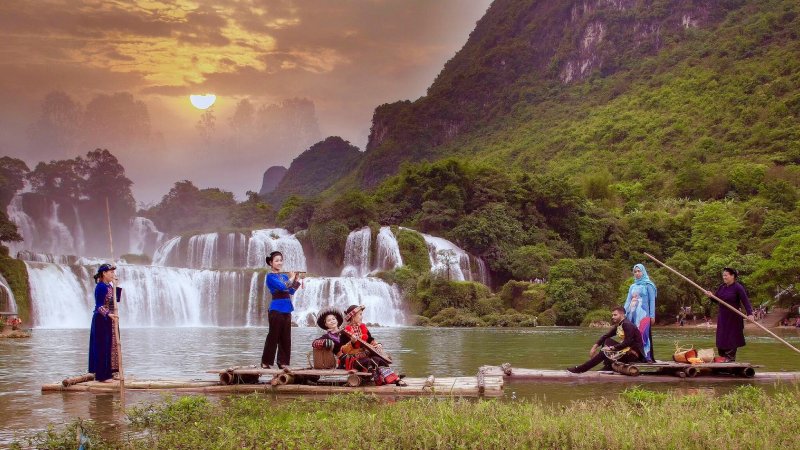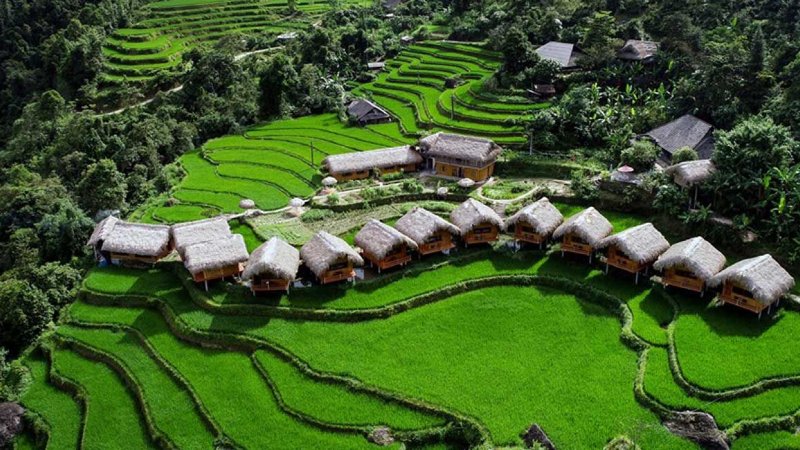Hanoi, the vibrant capital of Vietnam, is a city where ancient traditions meet modern life. Known for its rich history, bustling streets, and delectable cuisine, Hanoi offers a unique experience for travelers. Before embarking on your journey to this captivating city, it’s important to be well-prepared. Here are eight essential tips to help you make the most of your visit to Hanoi.
=============================
Mail: zgotravelvietnam@gmail.com
WhatsApp: +84 9766 09451
=============================
- Understand the Local Culture
Hanoi’s cultural landscape is a fascinating blend of traditional Vietnamese customs and colonial influences. To fully appreciate and navigate this dynamic city, it’s crucial to understand some key cultural aspects:
- Respect for Traditions: Vietnamese culture places a strong emphasis on respect and politeness. When visiting temples or local homes, it is customary to remove your shoes before entering. Additionally, modest dressing is expected, especially when visiting religious sites.
- Social Etiquette: Vietnamese people are known for their friendliness and hospitality. It is common to greet others with a friendly “Xin chào” (Hello) and to express gratitude with “Cảm ơn” (Thank you). Using these basic phrases can help you build rapport with locals and enhance your travel experience.
- Family and Hierarchy: Vietnamese society places significant importance on family and respect for elders. Understanding this can help you navigate social interactions more smoothly.
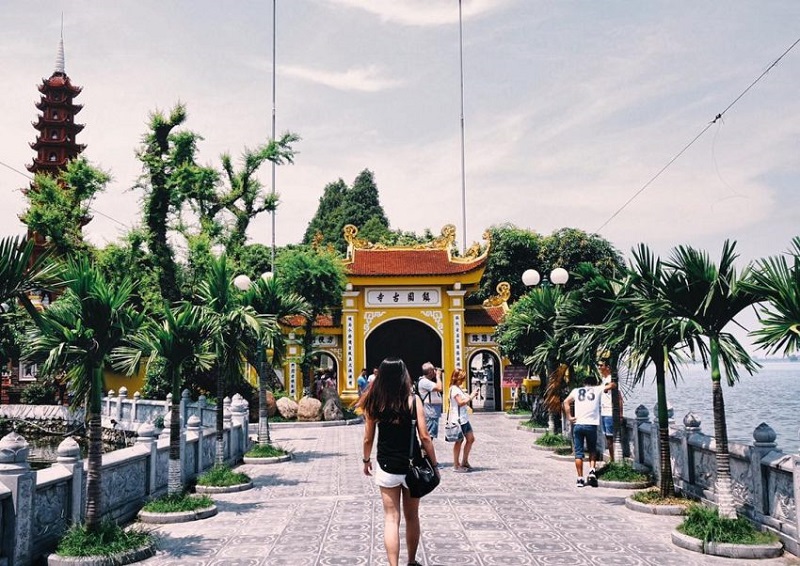
- Learn Basic Vietnamese Phrases
While English is spoken in many tourist areas, learning a few basic Vietnamese phrases can greatly enrich your experience. Here are some useful phrases:
- Xin chào – Hello
- Cảm ơn – Thank you
- Xin lỗi – Sorry
- Bao nhiêu? – How much?
- Tôi không hiểu – I don’t understand
Mastering these phrases can help you communicate more effectively and show your appreciation for the local language and culture.

- Prepare for the Weather
Hanoi experiences a humid subtropical climate with distinct seasons. The weather can vary significantly depending on the time of year:
- Summer (May to August): Expect high temperatures and humidity. Lightweight, breathable clothing and sunscreen are essential. Rain showers are common, so carrying an umbrella or raincoat is advisable.
- Autumn (September to November): This is one of the most pleasant times to visit Hanoi. The weather is cooler and drier, making it ideal for exploring the city. A light jacket or sweater may be needed in the evenings.
- Winter (December to February): Winters in Hanoi can be cool and dry. Temperatures can drop to around 10°C (50°F), so packing warm layers, including a coat and scarf, is recommended.
- Spring (March to April): Spring is another great time to visit, with mild temperatures and blooming flowers. Light clothing and a jacket for cooler evenings should suffice.
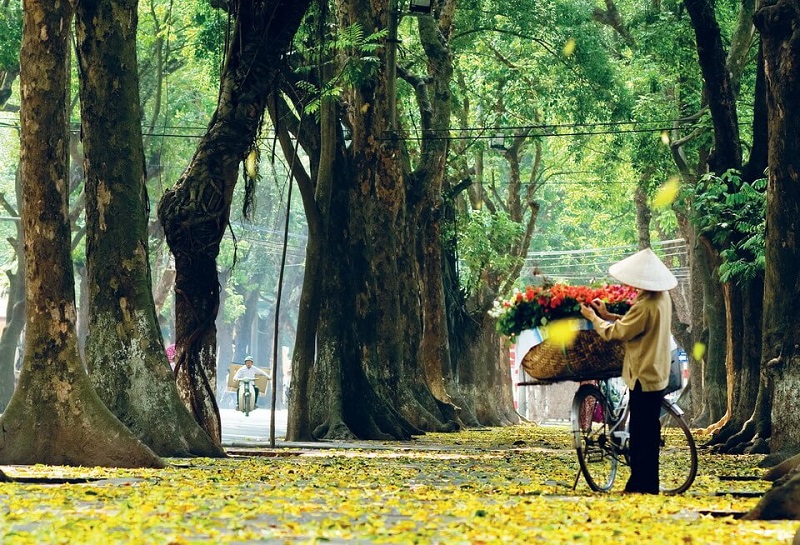
- Use Local Transportation Wisely
Navigating Hanoi’s traffic can be an adventure in itself. Here’s how to make your travel experience smoother:
- Motorbike Taxis (Xe Ôm): Motorbike taxis are a popular and convenient way to get around. They are often faster than cars, especially in heavy traffic. Make sure to agree on the fare before starting your journey.
- Ride-Hailing Apps: Apps like Grab are widely used in Hanoi. They offer a range of transportation options, including motorbike taxis and cars, and can provide a safer and more reliable service compared to hailing taxis on the street.
- Cyclo: For a more leisurely experience, consider taking a cyclo (a traditional bicycle rickshaw). It’s a great way to explore the Old Quarter and enjoy the sights at a relaxed pace.
- Public Buses: Hanoi has a public bus system, but it can be challenging for tourists due to language barriers and unfamiliar routes. If you choose to use buses, be sure to plan your route in advance.
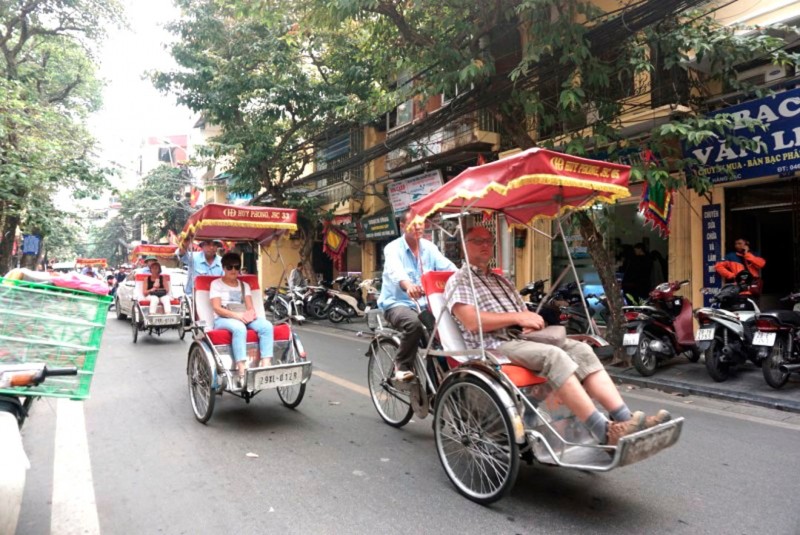
- Try the Local Cuisine
Hanoi is a food lover’s paradise, with a diverse array of street food and local dishes that are both delicious and affordable. Here are some must-try dishes:
- Pho: This iconic Vietnamese noodle soup is a must-try. Made with beef or chicken, it’s flavored with aromatic herbs and spices. Enjoy it for breakfast or any meal of the day.
- Banh Mi: A Vietnamese sandwich typically made with a baguette filled with meats, pickled vegetables, and fresh herbs. It’s a perfect snack or quick meal.
- Egg Coffee (Cà Phê Trứng): A unique Hanoi specialty, egg coffee is made with egg yolks, sweetened condensed milk, and strong Vietnamese coffee. It’s rich, creamy, and surprisingly delightful.
- Cha Ca: A traditional Hanoi dish featuring grilled fish seasoned with turmeric and dill, served with noodles and herbs. It’s a local favorite that offers a taste of Hanoi’s culinary heritage.
- Bun Cha: This dish consists of grilled pork patties and belly, served with rice noodles, fresh herbs, and a sweet-savory dipping sauce. It’s a flavorful and satisfying meal.
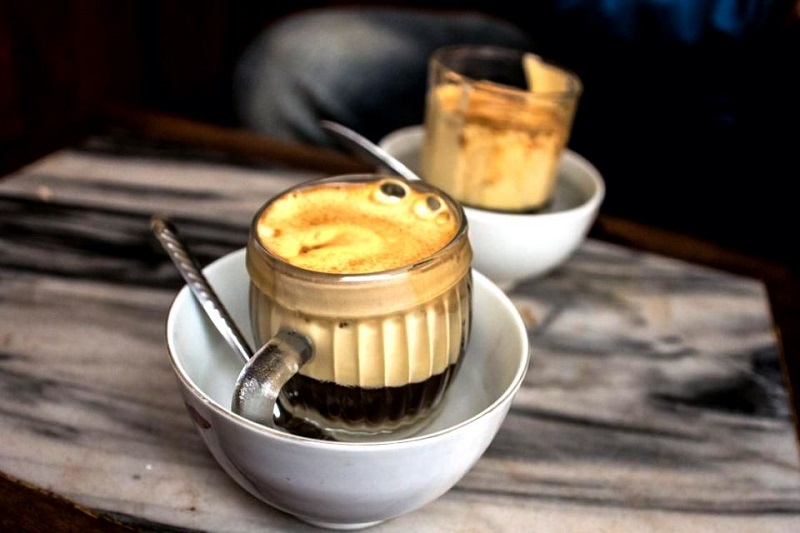
- Be Mindful of Safety
As with any major city, safety is a key consideration. Here are some tips to ensure a safe and enjoyable trip:
- Keep Belongings Secure: Petty theft and pickpocketing can occur in crowded areas. Use a money belt or secure bag, and keep an eye on your belongings, especially in busy markets and tourist spots.
- Use Reputable Services: Stick to well-known and trusted transportation services and tour operators. Avoid unmarked taxis or motorbike taxis that may overcharge or be unsafe.
- Stay Aware of Your Surroundings: Always be cautious and aware of your surroundings. If you’re walking alone, especially at night, stay in well-lit and populated areas.
- Emergency Numbers: Familiarize yourself with local emergency numbers. In Vietnam, the emergency number for police is 113, for fire is 114, and for medical emergencies is 115.
- Visit Historical and Cultural Sites
Hanoi boasts numerous historical and cultural landmarks that offer a glimpse into Vietnam’s rich past. Here are some key sites to include in your itinerary:
- Ho Chi Minh Mausoleum: A visit to this monumental building allows you to pay respects to Vietnam’s founding father, Ho Chi Minh. The mausoleum is located in Ba Dinh Square and is a significant site for both locals and visitors.
- Temple of Literature: This ancient Confucian temple and the site of Vietnam’s first university offer beautiful architecture and tranquil gardens. It’s a great place to learn about Vietnam’s educational and philosophical history.
- Old Quarter: The heart of Hanoi, the Old Quarter is a maze of narrow streets lined with traditional shops, street food vendors, and historic architecture. It’s an excellent area for exploring and immersing yourself in the local culture.
- Hoan Kiem Lake: This central lake is surrounded by charming streets and historical buildings. It’s a popular spot for locals to relax and is home to the Ngoc Son Temple, located on an island in the lake.
- Vietnam Museum of Ethnology: This museum offers fascinating insights into the diverse ethnic groups of Vietnam through exhibits, artifacts, and interactive displays. It’s a great place to understand the country’s cultural diversity.
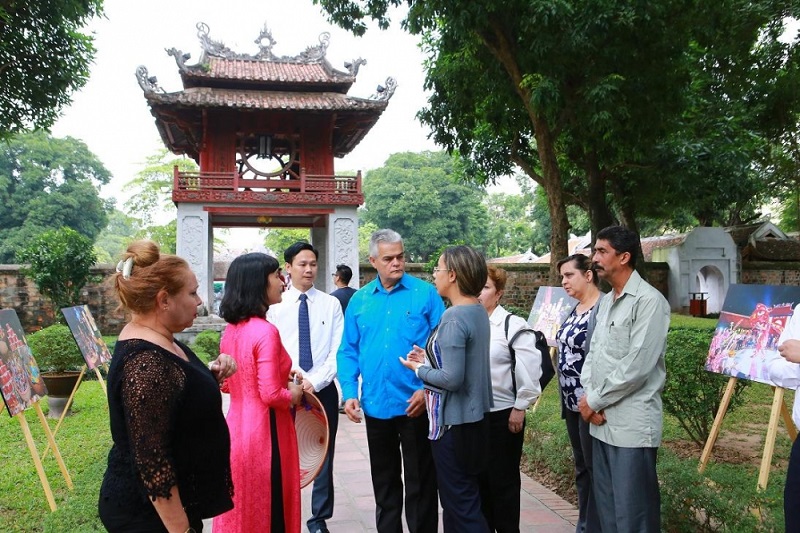
- Respect Local Etiquette
Respecting local customs and etiquette is important for a positive travel experience. Here are some general guidelines to follow:
- Dress Appropriately: When visiting religious or cultural sites, dress modestly. Avoid wearing revealing clothing and be mindful of local dress codes.
- Photography: Always ask for permission before taking photographs of people, especially in rural areas. Some religious and historical sites may have restrictions on photography, so be sure to check for any signs or guidelines.
- Dining Etiquette: When dining in local restaurants, it’s customary to share dishes and use communal chopsticks for serving food. If you’re invited to a local’s home, it’s polite to bring a small gift as a token of appreciation.
- Social Norms: Public displays of affection are generally discouraged. Maintain a polite demeanor and avoid raising your voice or displaying frustration in public.
Conclusion
Hanoi is a city that offers a rich tapestry of experiences, from its vibrant street life and historic sites to its delectable cuisine and warm hospitality. By understanding local customs, preparing for the weather, using transportation wisely, trying the local food, being mindful of safety, exploring key sites, and respecting local etiquette, you can ensure a memorable and enjoyable visit to Vietnam’s capital. Embrace the adventure, and let Hanoi’s charm captivate you as you explore this extraordinary city.
By the way, a new beautiful place called Ha Giang loop which is very interesting, check this out: https://www.getyourguide.com/hanoi-l205/from-hanoi-3-day-ha-giang-loop-small-group-t739208
For Lan Ha Bay & Halong Bay trip, check this out: https://www.getyourguide.com/ha-long-l119790/from-ha-noi-2-day-lan-ha-ha-long-bay-5star-with-balcony-t739040/
Or https://www.tripadvisor.com/AttractionProductReview-g3737857-d28097153-Lan_Ha_Bay_Ha_Long_Bay_5_Stars_Private_balcony_2_days_trip-Tuan_Chau_Island_Halon.html

